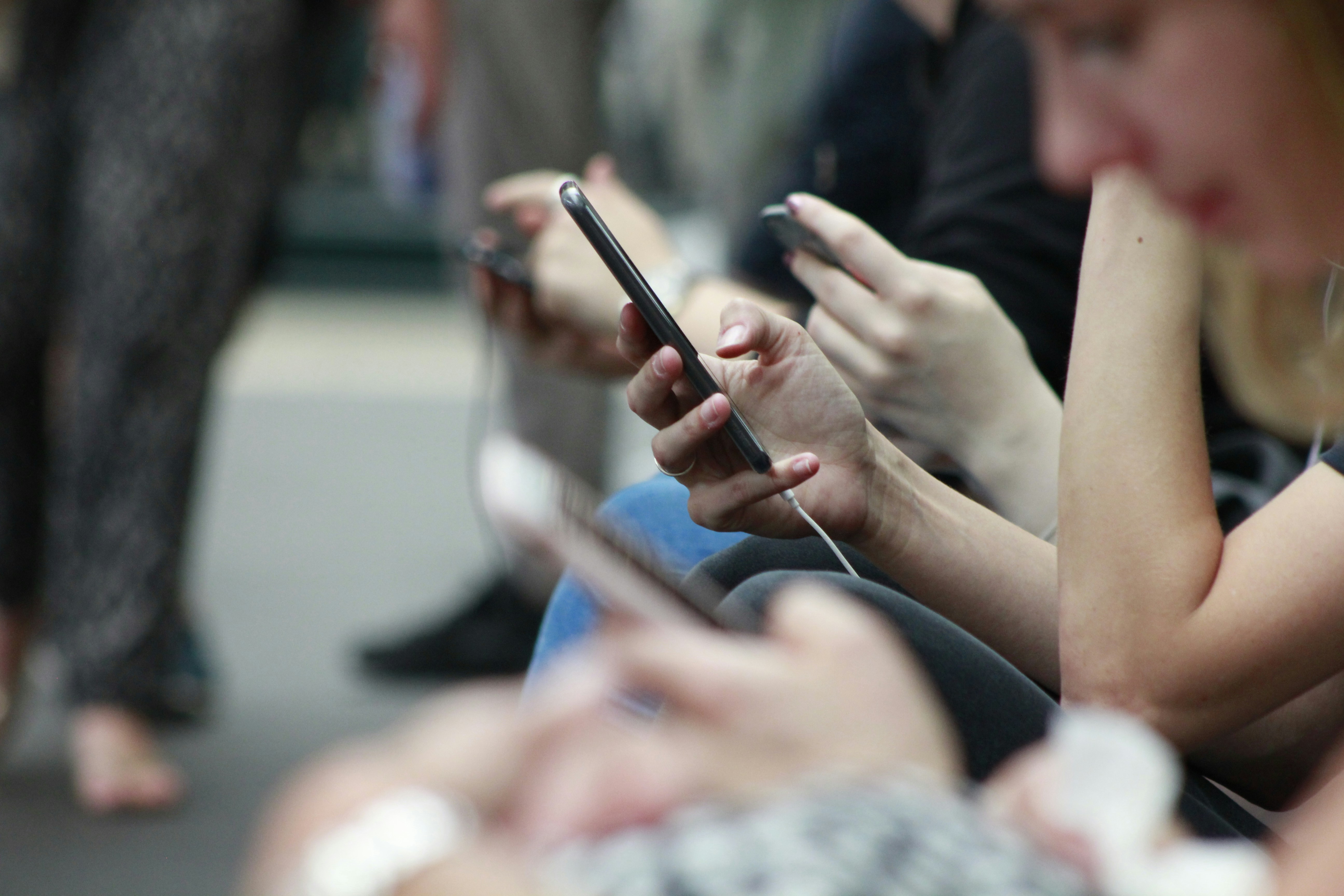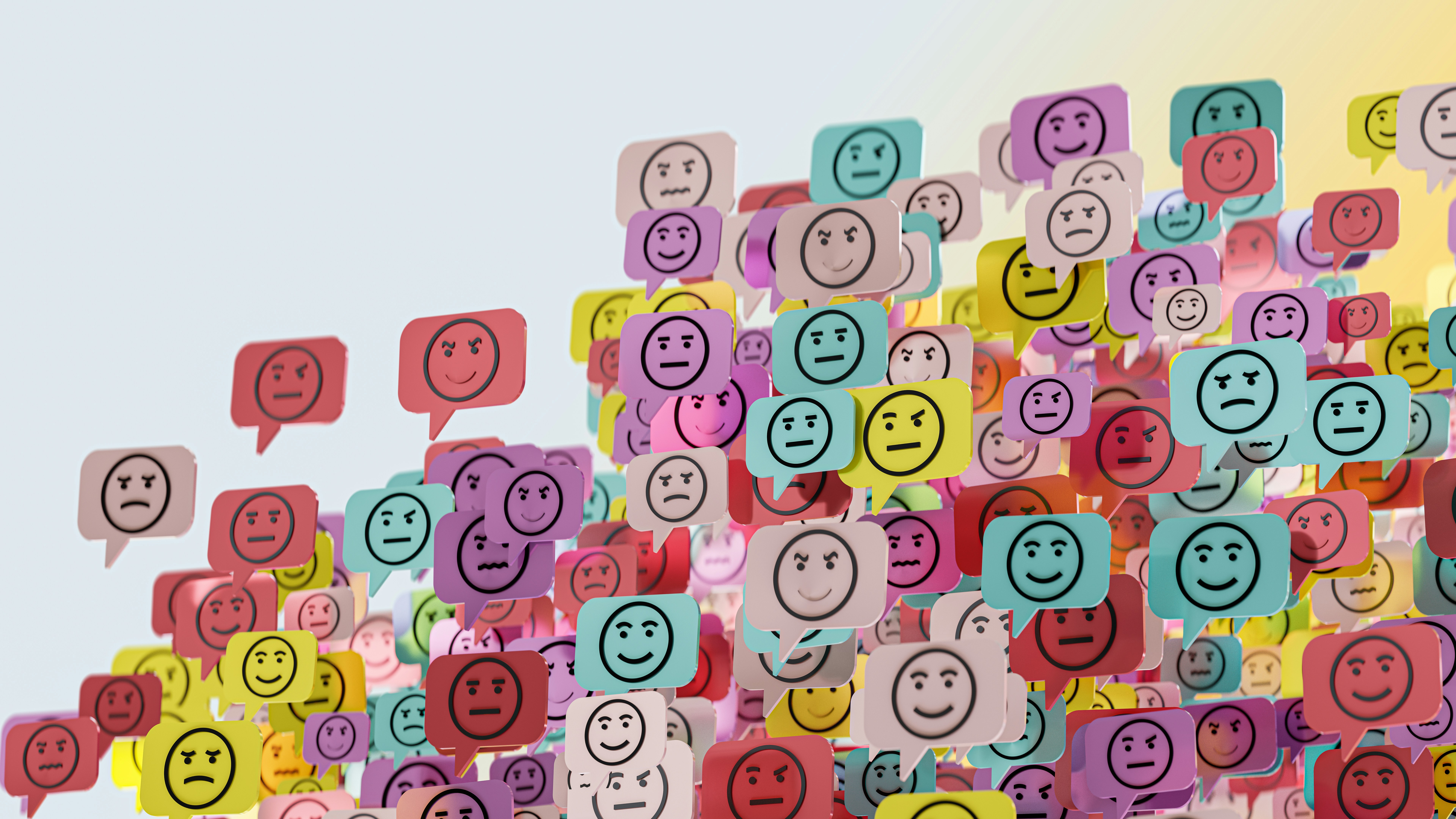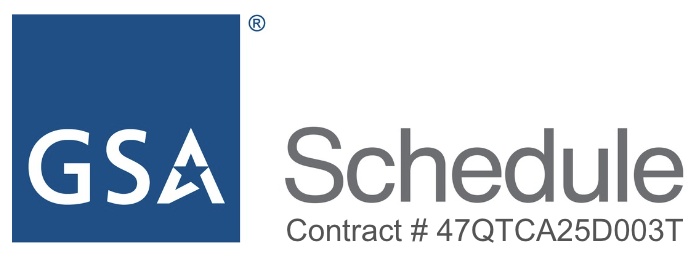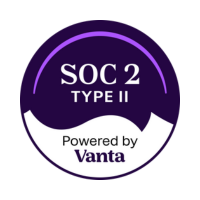
Picture this: You pick up your phone to check one quick notification, and suddenly you're three hours deep into a rabbit hole of distressing news stories, tragic headlines, and anxiety-inducing social media posts. Sound familiar? Welcome to the modern phenomenon of doomscrolling.
What Is Doomscrolling?
Merriam-Webster defines doomscrolling as spending "excessive time online scrolling through news or other content that makes one feel sad, anxious, angry, etc." While the term was coined in 2020 during the COVID-19 pandemic and lockdowns, it has since become an integral part of our digital reality.
Research published in the National Library of Medicine reveals a troubling pattern: studies show that seeing upsetting news leads people to seek out more information on the same topic, creating a self-perpetuating cycle that's difficult to break. This behavior is primarily fueled by short-form videos, sensational headlines, and various media content that's designed to capture and hold our attention.
The problem is amplified by social media platforms that have given us infinite scroll capabilities—unlimited access to content with no natural stopping points. What started as a way to stay informed has morphed into something much more complex: an overabundance of content consumption that often leaves us feeling worse than when we started.
The Big Five
The Big Five personality traits are classified as openness, conscientiousness, extraversion, agreeableness, and neuroticism. Personality traits significantly influence how individuals interact with social media. A study published in the National Library of Medicine found that people high in neuroticism and low in conscientiousness are more prone to compulsive and prolonged social media use, often spending several hours daily on platforms like Instagram, TikTok, Facebook, and especially Twitter (now X).
This behavior is closely tied to social media addiction and the fear of missing out (FoMO), a persistent anxiety that others are experiencing something rewarding without them. FoMO drives users to stay constantly connected, scrolling through feeds in an attempt to stay informed or included, even at the expense of their mental health.
Twitter’s real-time updates and emotionally intense discourse make it a common outlet for doomscrolling, particularly for individuals who score high in openness and neuroticism. Altogether, the interplay between personality traits, platform features, FoMO, and addictive patterns helps explain why some individuals find it especially hard to disconnect.
The Mental Health Toll of Doomscrolling
This habit doesn’t just eat up time, it can wear you down:
- • Anxiety & Hypervigilance: A study published in Science Direct reported that constant exposure to threats (real or perceived) keeps your nervous system stuck in high alert.
- • Sleep Disruption: Scrolling before bed overstimulates your brain, making restful sleep harder to come by.
- • Emotional Fatigue: The onslaught of distressing content can numb your empathy and leave you feeling detached.
- • Sense of Helplessness: When every scroll brings more bad news, it’s easy to believe things can’t get better.
- • Decreased Focus & Motivation: The mental clutter lingers, making everyday tasks feel heavier.
- • Social Withdrawal: Instead of connection, doomscrolling can lead to isolation and disconnection.
Given the emotional and psychological toll doomscrolling can take, it’s essential to stay mindful of how much time we spend caught in the scroll. Being aware is the first step toward regaining control and protecting our mental well-being. Setting boundaries like taking regular breaks, limiting social media use, or curating what we consume can go a long way in reducing the impact and helping us reconnect with the present.
Breaking the Cycle: 8 Small Shifts That Help
You don’t need to unplug completely, just build boundaries. Here’s where to start:
1. Move your phone off your nightstand.
Give your brain a moment to wake up without stress hormones flooding in. Try a buffer ritual: brush your teeth, open a window, stretch.
2. Keep devices out of reach at work.
Place your phone in a drawer or across the room to reduce idle scrolling.
3. Make mealtimes a scroll-free zone.
Silence your phone and keep it off the table.
4. Switch to grayscale.
Reducing screen color saturation makes your phone less visually addictive.
5. Turn off notifications.
You choose what grabs your attention — not your phone.
6. Choose uplifting content.
Focus on local news or positive stories. Follow creators who inspire rather than alarm.
7. Say no to negative talk.
Let friends and colleagues know when you need to step away from distressing topics.
8. Replenish with joy.
Volunteer. Dance. Hike. Connect. Your nervous system needs more than just a break — it needs pleasure, purpose, and play.
Scroll Less, Live More
In an overwhelming world, doomscrolling can feel like control. But peace doesn’t live at the bottom of the feed. By tuning in, setting limits, and choosing what you give your attention to, you create space for clarity, calm, and connection. You reclaim your power—not just over your screen time, but over your state of mind.
If doomscrolling feels compulsive or leaves you constantly anxious, talk to a doctor or mental health provider. Sometimes, a bit of structure and support is exactly what we need to reset.
The world isn’t going to slow down. But you can. And the first step might be as simple as setting your phone down.
More for Your Mental Toolbox

Facing Fears and Overcoming Anxiety
Learn effective strategies to face your fears and overcome anxiety. Explore expert tips and practical advice for managing anxiety in your daily life with insights from Cabana.
Read more →
Celebrating World Mental Health Day: Making Mental Health a Daily Practice
Mental health isn’t a once-a-year convo—World Mental Health Day reminds us it’s daily work. See why this year’s theme hits closer to home than you think.
Read more →








